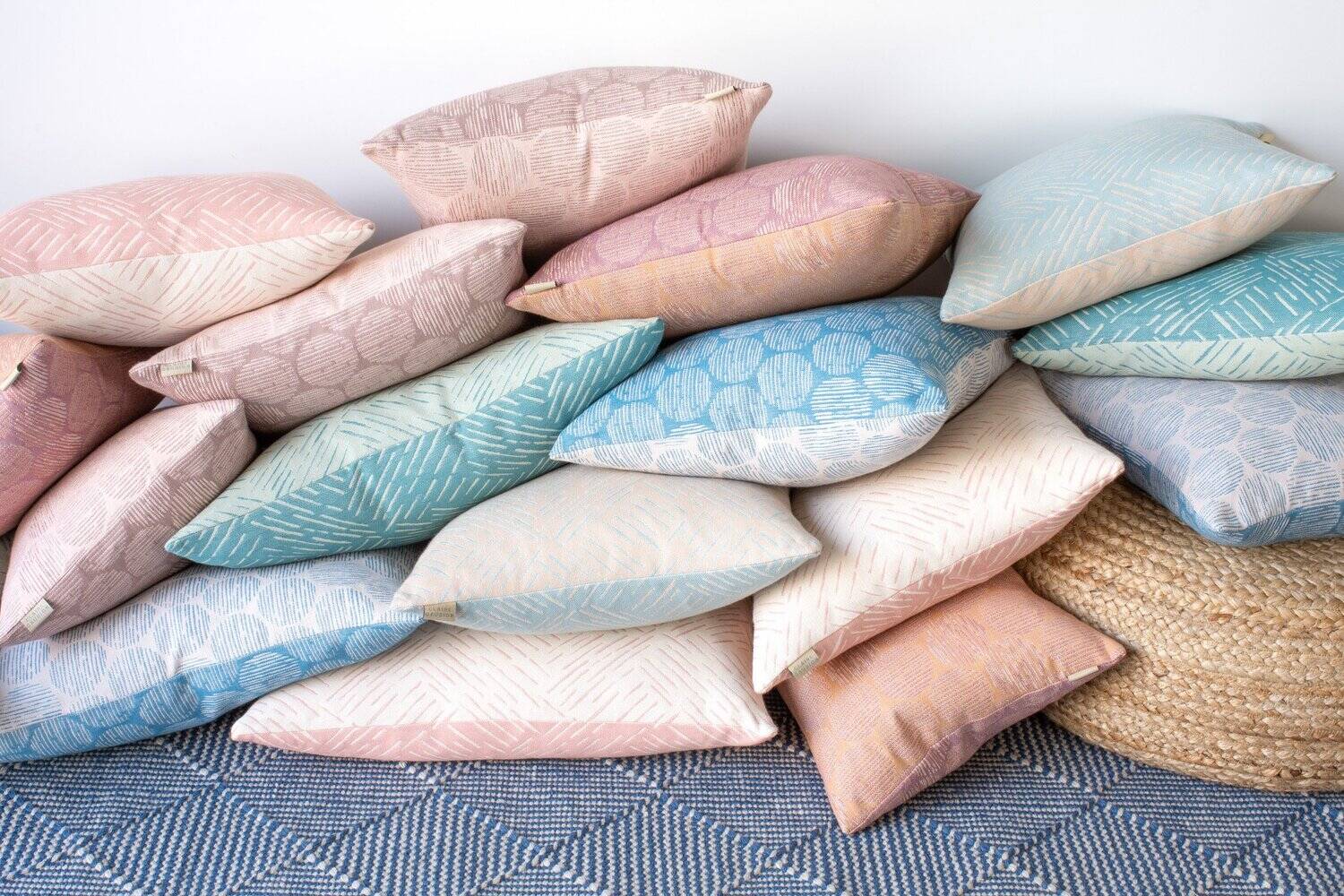

Articles
How To Store Cushions
Modified: December 7, 2023
Learn how to properly store articles like cushions to protect them from damage and ensure their longevity. Follow these simple steps for effective cushion storage.
(Many of the links in this article redirect to a specific reviewed product. Your purchase of these products through affiliate links helps to generate commission for Storables.com, at no extra cost. Learn more)
Introduction
Storing cushions properly can extend their lifespan and keep them in excellent condition for future use. Whether you have outdoor cushions or indoor ones that need to be stored during the off-season, following the right steps will ensure that they remain clean, dry, and free from damage. In this article, we will guide you through the process of storing cushions effectively.
When the time comes to store your cushions, it’s essential to begin by cleaning them thoroughly. This step is crucial as it removes dust, dirt, and any stains that may have accumulated over time. By cleaning your cushions, you’ll prevent any potential damage caused by grime or mildew during storage.
After cleaning, the next step is to remove the cushion covers. If your cushions have removable covers, it’s best to take them off before storage. This will help prevent any potential discoloration or damage to the fabric. Launder or dry clean the covers according to the manufacturer’s instructions and store them separately.
Now that the cushion covers are safely stored, it’s time to choose the right storage container. Select a container that is large enough to accommodate your cushions without cramping them. Opt for plastic containers with secure lids that will keep out moisture, dust, and pests.
When arranging the cushions in the storage container, make sure they are placed in an even and flat position. Avoid folding or squishing them, as this can distort their shape. Maintain the natural shape of the cushions by stacking them neatly, with larger cushions on the bottom and smaller ones on top.
Key Takeaways:
- Properly storing cushions involves cleaning, removing covers, choosing the right container, arranging cushions, using moisture absorbent packs, sealing the container, finding a suitable storage location, and periodic cleaning checks.
- Protect cushions from sunlight and extreme temperatures, choose a clean and dry storage area, and periodically check and clean the storage space to maintain cushion quality and prolong their lifespan.
Read more: How To Store Patio Cushions
Step 1: Clean the Cushions
Before storing your cushions, it’s important to give them a thorough cleaning. This will not only remove any dirt and stains but also prevent the growth of mold or mildew during storage. Follow these steps to ensure your cushions are properly cleaned:
1. Start by removing any loose debris such as leaves, dirt, or pet hair from the cushions. You can use a vacuum cleaner or a stiff brush to gently brush off the surface of the cushions.
2. If the cushions have removable covers, take them off and wash them separately according to the manufacturer’s instructions. This will allow you to clean the covers more thoroughly and ensure that they are not damaged during the process.
3. Before washing the cushions, check the care label to determine the appropriate cleaning method. Most cushions can be hand-washed using a mild detergent and warm water. Fill a large basin or tub with water and add a small amount of detergent.
4. Submerge the cushions in the soapy water and gently agitate them to loosen any dirt or stains. Use a soft brush or sponge to scrub the cushions, paying extra attention to any heavily soiled areas.
5. Once the cushions are clean, rinse them thoroughly with clean water to remove any soap residue. Make sure to squeeze out as much water as possible from the cushions to hasten the drying process.
6. To dry the cushions, lay them flat on a clean surface in a well-ventilated area. Avoid direct sunlight or heat sources, as this can cause the fabric to fade or shrink. Allow the cushions to air dry completely before proceeding to the next step.
By following these simple steps, you can ensure that your cushions are fresh, clean, and ready for storage. Cleaning them before storage will help maintain their quality and prevent any unpleasant surprises when you retrieve them later.
Step 2: Remove and Store Cushion Covers
Once you have cleaned the cushions, the next step is to remove and store their covers. Removing the covers before storage will help protect them from damage and keep them in good condition. Follow these steps to effectively remove and store your cushion covers:
1. Carefully unzip or unbutton the cushion covers, taking care not to force or damage them. If the covers are attached with Velcro or snaps, gently detach them.
2. Once the covers are removed, inspect them for any stains or spots that may require spot cleaning. Follow the care instructions provided by the manufacturer to clean any stains on the covers. Alternatively, you can choose to launder or dry clean the covers, depending on the fabric type.
3. If you plan to wash the cushion covers, make sure to separate them by color or fabric type to prevent color bleeding or damage. Follow the appropriate washing instructions for each cover, using a mild detergent and the recommended water temperature.
4. After washing, check the covers for any signs of damage or wear. Repair any loose seams or buttons and replace any damaged zippers. This will ensure that the covers are in good condition for future use.
5. Once the cushion covers are clean and dry, fold them neatly and store them separately from the cushions. Avoid folding the covers too tightly to prevent creases or wrinkles. You can place them in a clean plastic bag or a designated storage container for safekeeping.
6. Label the storage container or bag with the corresponding cushion set or location to easily identify the covers when you need them again.
By removing and storing the cushion covers separately, you not only protect them from dust, moisture, and pests but also make it easier to retrieve and use them when the time comes. This step ensures that the covers remain in good condition and ready to be reattached to the cushions when needed.
Step 3: Choose the Right Storage Container
Choosing the right storage container is crucial to properly store your cushions and protect them from damage. The container you select should provide a secure and protective environment that shields the cushions from moisture, pests, and dust. Here are some tips to help you choose the right storage container:
1. Opt for plastic containers: Plastic containers are a popular choice for cushion storage due to their durability and ability to seal out moisture. Look for containers made of sturdy, high-quality plastic that can withstand different weather conditions.
2. Consider the size: Choose a container that is large enough to accommodate all your cushions without cramming them too tightly. It’s important to give the cushions enough room to breathe and maintain their shape.
3. Ensure a secure lid: Look for containers with tightly sealed lids that will prevent dust, moisture, and pests from entering. The lid should fit snugly onto the container to create a barrier against external elements.
4. Transparency is a plus: Transparent or semi-transparent storage containers allow you to easily identify the contents without having to open each container. This can be helpful when you need to locate specific cushions or assess their condition.
5. Stackability: If you have limited storage space, consider containers that are stackable. This will allow you to maximize vertical space and keep the area organized.
6. Check for handles: Handles on the storage containers can make it easier to carry and transport them if needed. Having handles can also provide added convenience during the process of packing and unpacking the cushions.
By selecting the right storage container, you can provide a safe and protective environment for your cushions. Ensure that the container is sturdy, properly sealed, and able to accommodate the size and quantity of the cushions. This will help maintain the cushions in optimal condition during their period of storage.
Step 4: Arrange Cushions in the Storage Container
Properly arranging the cushions in the storage container is essential to ensure they are well-protected and to optimize the use of space. Follow these steps to arrange your cushions effectively:
1. Start by placing a clean and dry sheet or drop cloth at the bottom of the storage container. This will provide an additional layer of protection for the cushions and help prevent any direct contact with the container’s surface.
2. Lay the cushions flat in the container, making sure they are in an even and flat position. Avoid folding or squishing the cushions, as this can distort their shape and cause permanent damage. It’s best to stack the cushions neatly, with larger cushions on the bottom and smaller ones on top.
3. Create a layering system by alternating the direction of the cushions. This will help distribute the weight evenly and prevent excessive pressure on any specific cushion.
4. If you have multiple sets of cushions, consider separating them within the container using cardboard dividers or sheets. This will help keep the cushions organized and prevent them from shifting during storage.
5. If you have odd-shaped or oversized cushions, place them strategically in the corners or at the edges of the container. This will help optimize space and ensure that all cushions fit properly.
6. Leave a small gap between the cushions and the container’s lid to allow for adequate airflow. This will help prevent any condensation or moisture buildup within the container.
7. If you have cushions with delicate or fragile fabric, place a clean sheet or a layer of packing paper between each cushion to prevent any potential damage or friction between them.
By arranging the cushions properly in the storage container, you can ensure that they remain in good condition and minimize the risk of damage. Remember to maintain an even and flat position for the cushions, create a layering system, and consider the size and shape of the cushions to maximize the space within the container.
Read more: How To Store Outdoor Cushions
Step 5: Place Moisture Absorbent Packs
Moisture can be detrimental to cushions during storage as it can lead to mold, mildew, and unpleasant odors. To prevent moisture buildup within the storage container, it’s important to use moisture absorbent packs. These packs help to absorb excess moisture and maintain a dry environment for your cushions. Follow these steps to effectively use moisture absorbent packs:
1. Purchase moisture absorbent packs from your local home improvement or storage supply store. Look for packs specifically designed for absorbing moisture and controlling humidity.
2. Open the moisture absorbent packs according to the instructions on the packaging. This may involve removing a seal or activating the packs by squeezing or shaking them.
3. Place the moisture absorbent packs strategically within the storage container. Position them in various locations, ensuring even distribution and coverage. For larger containers, you may need to use multiple packs.
4. Avoid placing the moisture absorbent packs directly on or in contact with the cushions. Instead, position them around the edges or corners of the container to allow for effective absorption without direct contact.
5. Close the lid of the storage container tightly to create a sealed environment. This will prevent moisture from entering the container and help the moisture absorbent packs work more efficiently.
6. Check the moisture absorbent packs periodically, especially if you live in a humid climate or if the storage area is prone to moisture. If the packs become saturated, replace them with new ones to ensure continuous moisture absorption.
Moisture absorbent packs are an effective way to combat moisture and humidity within the storage container. By using them, you can create a dry environment that helps protect your cushions from mold, mildew, and musty odors. Remember to follow the instructions provided with the moisture absorbent packs and check them regularly to ensure optimal performance.
Store cushions in a dry, well-ventilated area to prevent mold and mildew. If storing outdoors, use a waterproof storage container or cover to protect them from the elements.
Step 6: Seal the Storage Container Tightly
After arranging the cushions and placing moisture absorbent packs, it’s crucial to seal the storage container tightly. A tightly sealed container helps prevent outside elements such as moisture, dust, and pests from entering, ensuring the cushions remain protected and in optimal condition during storage. Follow these steps to effectively seal the storage container:
1. Ensure that the lids of the storage container are clean and dry before sealing. Wipe them down with a clean cloth to remove any dirt or moisture that could compromise the seal.
2. Align the lid with the container, making sure it fits securely. If you have a container with locking mechanisms or clasps, ensure that they are properly engaged to create a tight seal.
3. Apply pressure evenly on the lid to secure it in place. If necessary, use your body weight or gently press down on the lid to ensure a snug fit.
4. Double-check the container all around to ensure there are no gaps or openings that could allow outside elements to enter. Pay extra attention to the corners and edges of the container where gaps are more likely to occur.
5. If your storage container has additional sealing features such as latch locks or silicone gaskets, make sure to engage them as well to provide an extra layer of security.
6. Give the container a gentle shake or tap to check for any movement or rattling. If you hear or feel any movement, it indicates that the container is not securely sealed. Adjust the lid or locks as needed until the container is tightly sealed.
Sealing the storage container tightly is essential to protect your cushions from external elements throughout the storage period. A secure seal will maintain a controlled environment inside the container, keeping the cushions clean, dry, and in excellent condition until you’re ready to use them again.
Step 7: Find an Appropriate Storage Location
Once your cushions are properly packed and sealed in a storage container, the next step is to find a suitable storage location. The right storage location will help ensure that your cushions remain safe and in good condition until you are ready to use them again. Follow these steps to find an appropriate storage location:
1. Choose a clean and dry storage area: Look for a storage space that is clean, dry, and free from moisture. Avoid areas that are prone to leaks, high humidity, or dampness, as these conditions can promote the growth of mold and mildew on your cushions.
2. Consider temperature fluctuations: Cushions are best stored in an area with stable temperatures. Extreme temperature fluctuations can cause the cushions to expand or contract, leading to potential damage. Look for a storage location that maintains a moderate and consistent temperature throughout the year.
3. Avoid direct sunlight: Exposure to direct sunlight can cause fading and deterioration of the fabric on your cushions. Choose a storage area that is out of direct sunlight or use a light-blocking cover or curtains to protect the cushions from UV rays.
4. Evaluate ventilation: Proper ventilation is important to prevent any trapped moisture or stagnant air in the storage area. Ensure that there is good airflow to help maintain a dry environment and minimize any potential musty odors.
5. Consider accessibility: Think about how easily you can access the storage location when you need to retrieve your cushions. Choose a spot that is convenient and accessible without too many obstacles or obstructions.
6. Keep away from potential hazards: Avoid storing your cushions near any potential hazards such as chemicals, sharp objects, or items that could puncture or damage the cushions. Take precautions to ensure the safety of your cushions during storage.
7. Label the storage container: Once you have found the appropriate storage location, label the storage container with the contents and any other relevant information. This will make it easier to locate your cushions when you need them again.
By finding an appropriate storage location, you can ensure that your cushions are stored in an environment that protects them from damage and preserves their quality. Consider factors such as cleanliness, temperature stability, sunlight exposure, ventilation, accessibility, and potential hazards when choosing the storage location for your cushions.
Step 8: Avoid Sunlight and Extreme Temperatures
Protecting your cushions from sunlight and extreme temperatures is crucial to maintain their quality and prolong their lifespan. Exposure to sunlight and extreme heat or cold can cause fading, discoloration, and damage to the fabric and filling of your cushions. Follow these steps to ensure that your cushions are kept away from sunlight and extreme temperatures:
1. Find a shaded area: When selecting a storage location, choose an area that is shielded from direct sunlight. Sunlight can cause fading and weakening of the fabric over time. Make sure your cushions are stored in a shaded spot to minimize the risk of sun damage.
2. Use light-blocking covers: If your storage area receives some sunlight, consider using light-blocking covers or drapes to shield your cushions from direct exposure. These covers can help reduce the amount of light that reaches your cushions and prevent fading.
3. Avoid areas with extreme temperature fluctuations: Extreme temperatures can have a negative impact on the quality and integrity of your cushions. Avoid storing your cushions in areas that experience frequent and drastic temperature changes. Fluctuating temperatures can cause fabrics to expand and contract, leading to potential damage and deterioration.
4. Choose an insulated storage location: If possible, select a storage area that provides some insulation against temperature variations. Insulated areas can help maintain a more stable temperature, protecting your cushions from the adverse effects of extreme heat or cold.
5. Avoid storing cushions in attics or basements: Attics and basements are areas prone to temperature fluctuations and moisture. These fluctuations can be detrimental to your cushions. It’s best to find a storage location on the main floor of your home where the temperature and humidity levels are more consistent.
6. Consider climate-controlled storage: If you have valuable or delicate cushions, consider renting a climate-controlled storage unit. Climate-controlled units maintain a constant temperature and humidity level, providing an optimal environment for storing cushions and preventing damage from extreme temperature conditions.
By protecting your cushions from sunlight and extreme temperatures, you can preserve their appearance and quality for longer periods. Choose a storage location that minimizes direct sunlight exposure, control temperature fluctuations, and opt for insulated or climate-controlled storage if necessary. Following these steps will help ensure that your cushions remain in excellent condition throughout their storage period.
Read more: How To Store Patio Cushions In Garage
Step 9: Periodically Check and Clean the Storage Area
Regularly checking and cleaning your storage area is an important step in maintaining the quality and condition of your stored cushions. Over time, dust, dirt, and potential pests can accumulate in the storage area, posing a risk to your cushions. Follow these steps to periodically check and clean the storage area:
1. Set a schedule: Establish a regular schedule to check on the storage area and the condition of your cushions. Depending on your climate and environmental factors, conducting a check every few months or at least once a year is recommended.
2. Inspect for dust and dirt: During your check, visually inspect the storage area for any signs of dust or dirt accumulation. Pay attention to corners, crevices, and other areas where debris may collect. If you notice dust or dirt, take necessary measures to clean the area.
3. Remove any debris: Using a vacuum cleaner, broom, or a dusting cloth, carefully remove any debris or dust particles from the storage area. Clean the surrounding surfaces to minimize the risk of contaminants coming into contact with your stored cushions.
4. Check for pests: Look for any signs of pests such as rodents, insects, or spiders in the storage area. Inspect the corners, walls, and any gaps or openings where pests could enter. If you notice any infestation or damage caused by pests, take immediate steps to address the issue and protect your cushions.
5. Clean the storage containers: If necessary, remove the cushions from the storage containers and clean the containers themselves. Use a mild detergent, water, and a clean cloth to wipe down the inside and outside of the containers. This will help maintain a clean and hygienic environment for your cushions.
6. Inspect the cushions: While checking the storage area, take the opportunity to inspect the cushions for any signs of damage, mold, or mildew. If you notice any issues, take appropriate action to address them before returning the cushions to storage.
7. Reorganize if needed: If you have multiple storage containers or items stored around the cushions, assess the organization and restructure if necessary. Ensure that the cushions are easily accessible and not crowded by other items that could potentially damage them.
By periodically checking and cleaning the storage area, you can prevent the accumulation of dust, dirt, and pests that can potentially damage your cushions. Regular maintenance will help keep the storage area clean and ensure the longevity and quality of your stored cushions.
Conclusion
Properly storing your cushions is essential to maintain their quality and prolong their lifespan. By following the steps outlined in this article, you can ensure that your cushions remain clean, dry, and in excellent condition throughout their storage period.
Starting with cleaning the cushions thoroughly and removing their covers, you can prevent dirt, stains, and potential damage during storage. Choosing the right storage container, arranging the cushions properly inside, and placing moisture absorbent packs help create a safe and protective environment for your cushions.
Sealing the storage container tightly and finding an appropriate location away from sunlight and extreme temperatures further safeguard the cushions from potential harm. By periodically checking and cleaning the storage area, you can prevent dust, dirt, and pests from impacting the cushions’ condition.
Remember to label the storage container for easy identification and retrieval when needed. By taking these steps seriously, you can ensure that your cushions are ready to use again when the time comes, and you can enjoy their comfort and beauty for years to come.
So, take the time to store your cushions properly and invest in their care. Your efforts will pay off by preserving their quality and ensuring many cozy and enjoyable moments in the future.
Frequently Asked Questions about How To Store Cushions
Was this page helpful?
At Storables.com, we guarantee accurate and reliable information. Our content, validated by Expert Board Contributors, is crafted following stringent Editorial Policies. We're committed to providing you with well-researched, expert-backed insights for all your informational needs.
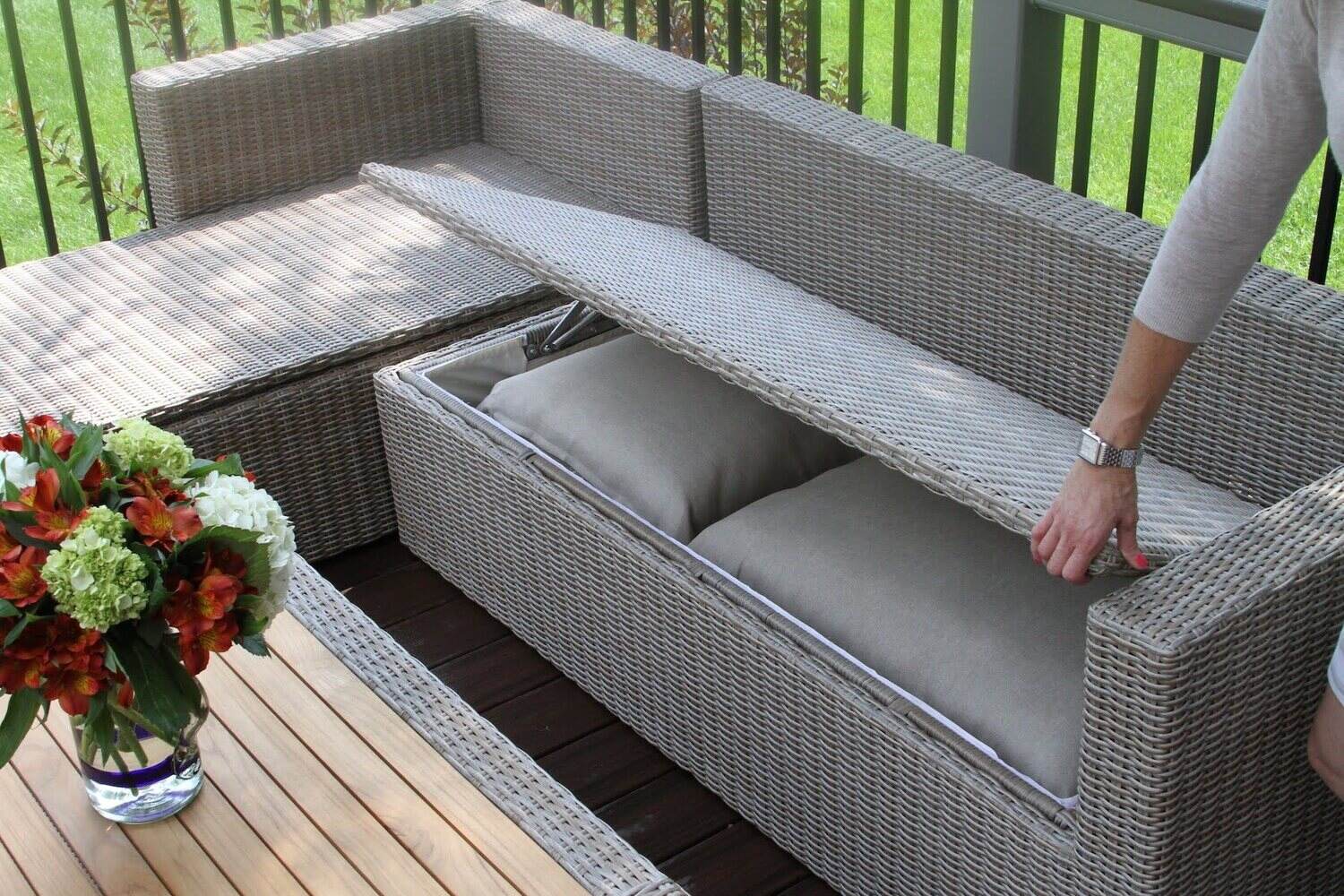
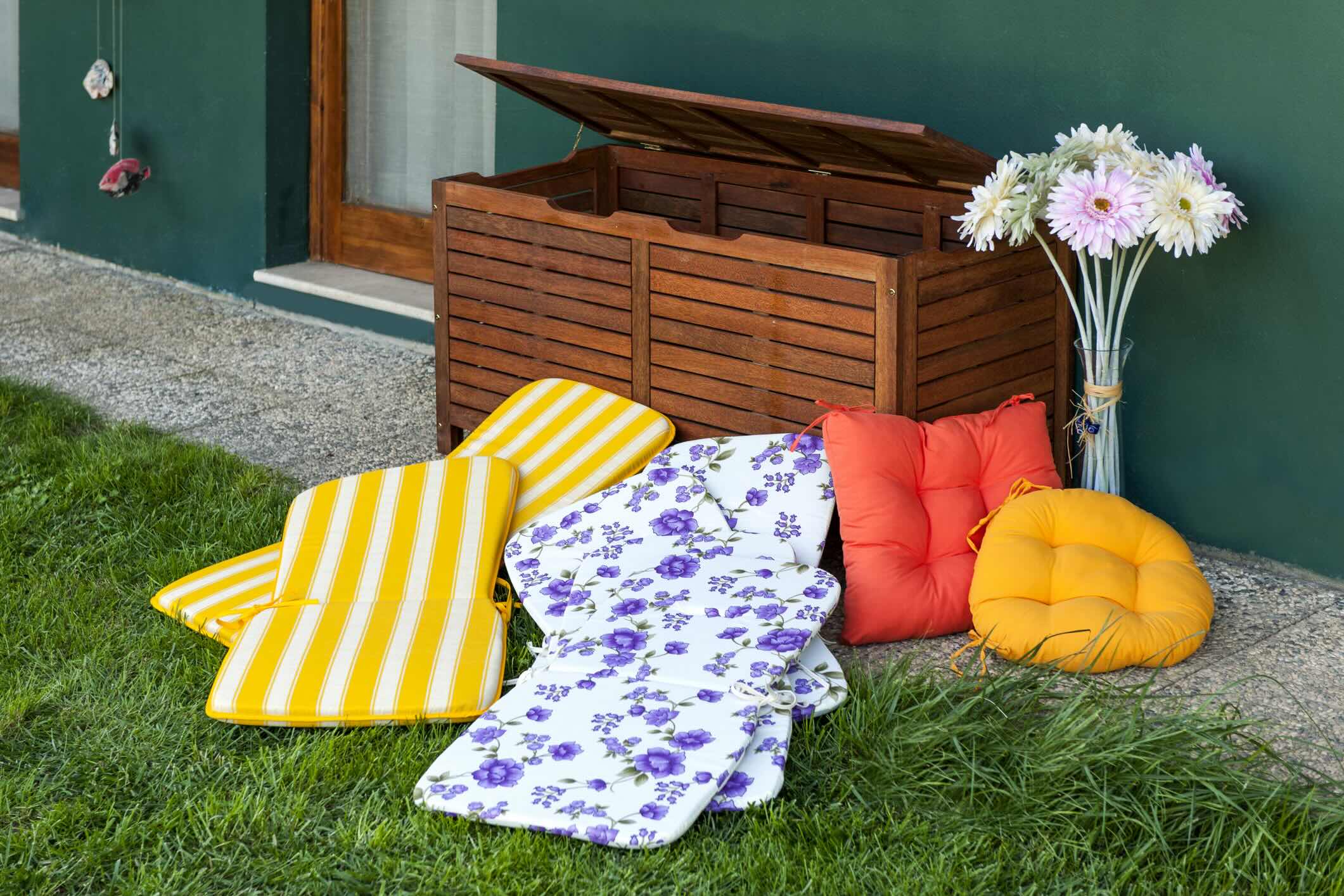
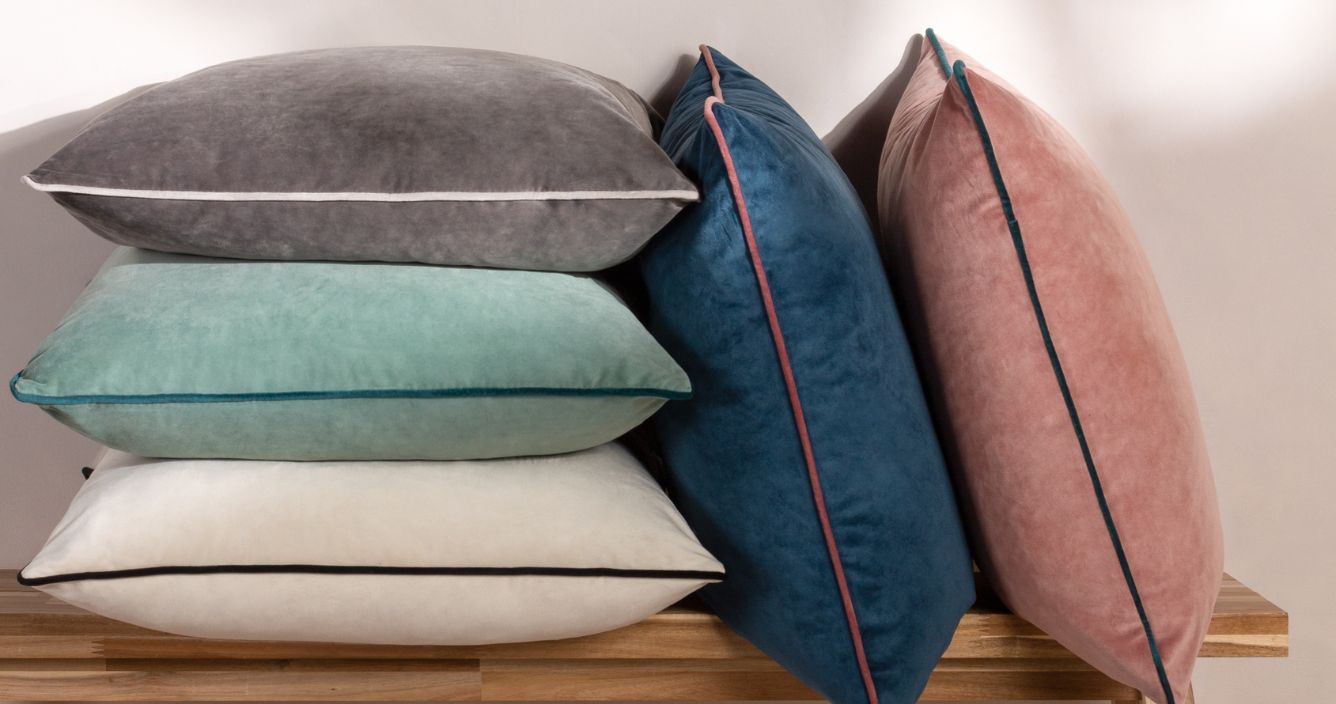
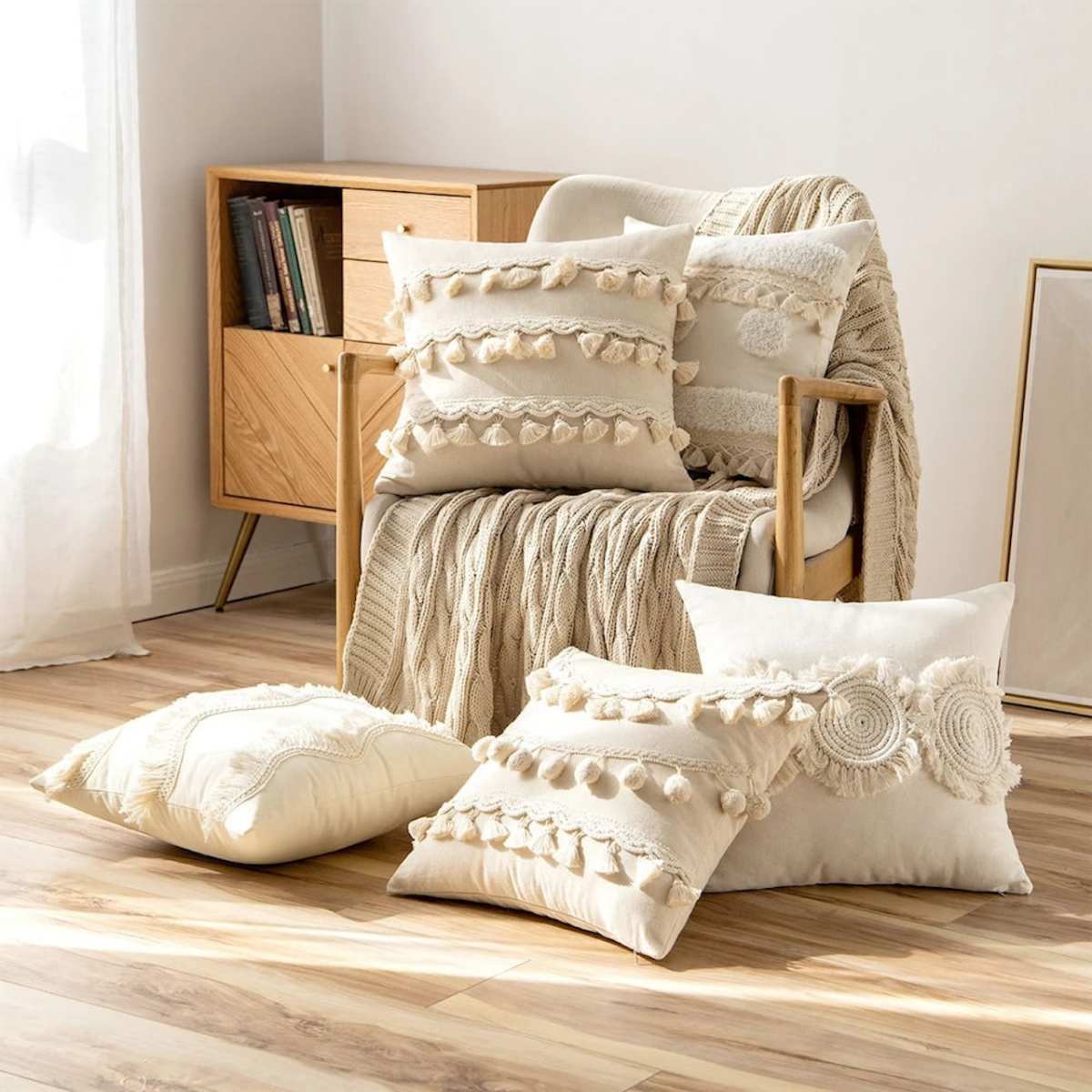
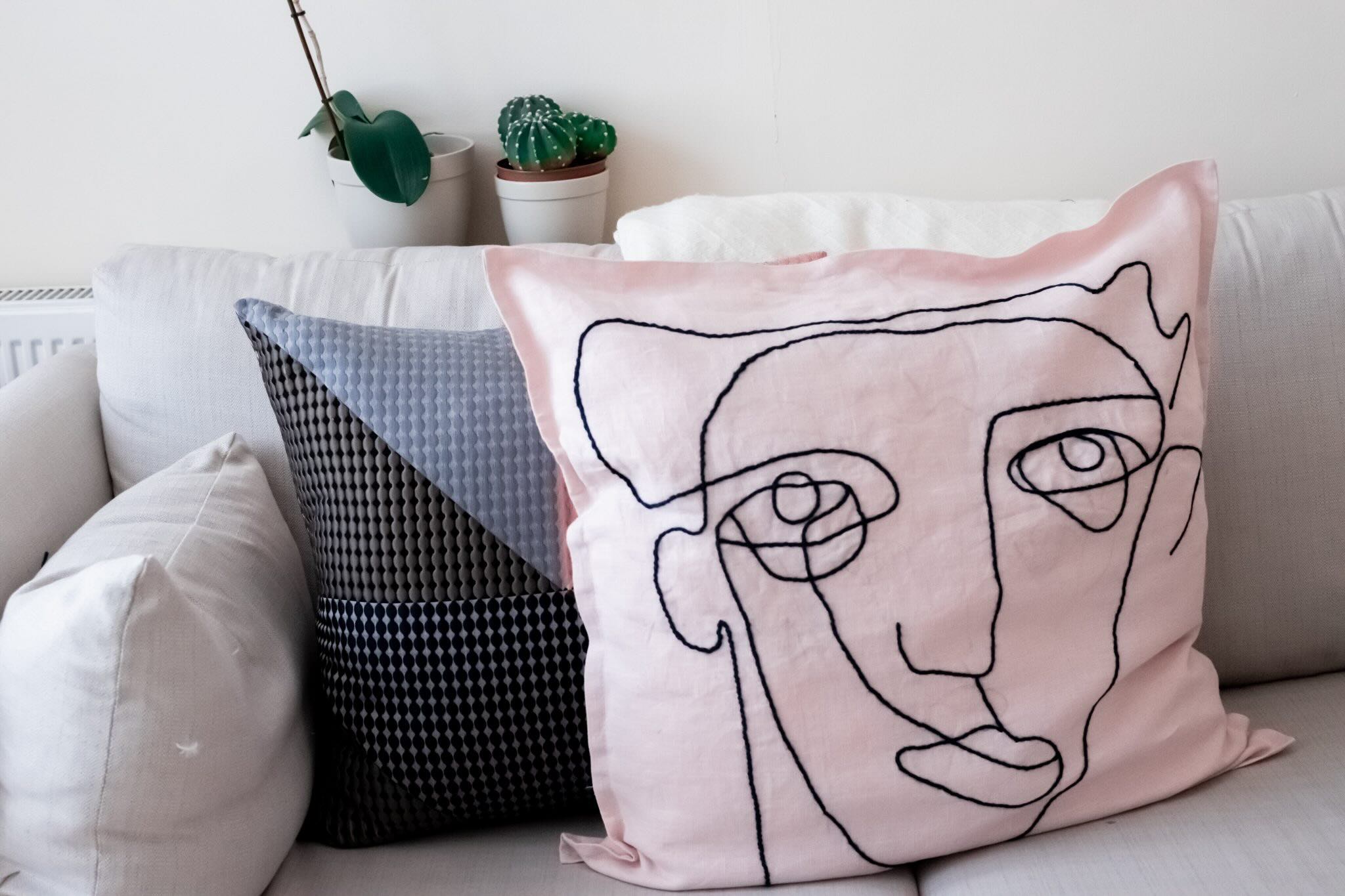
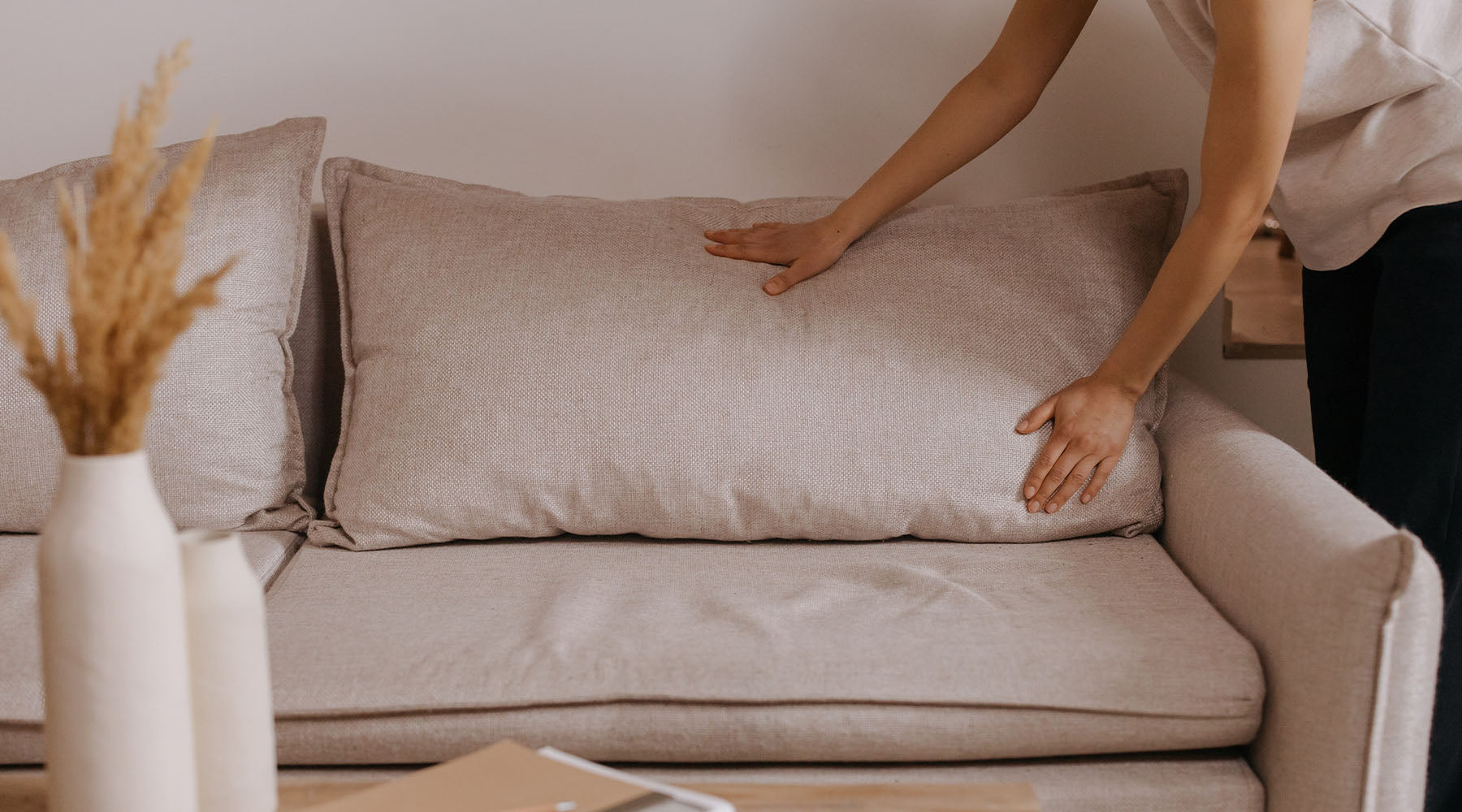
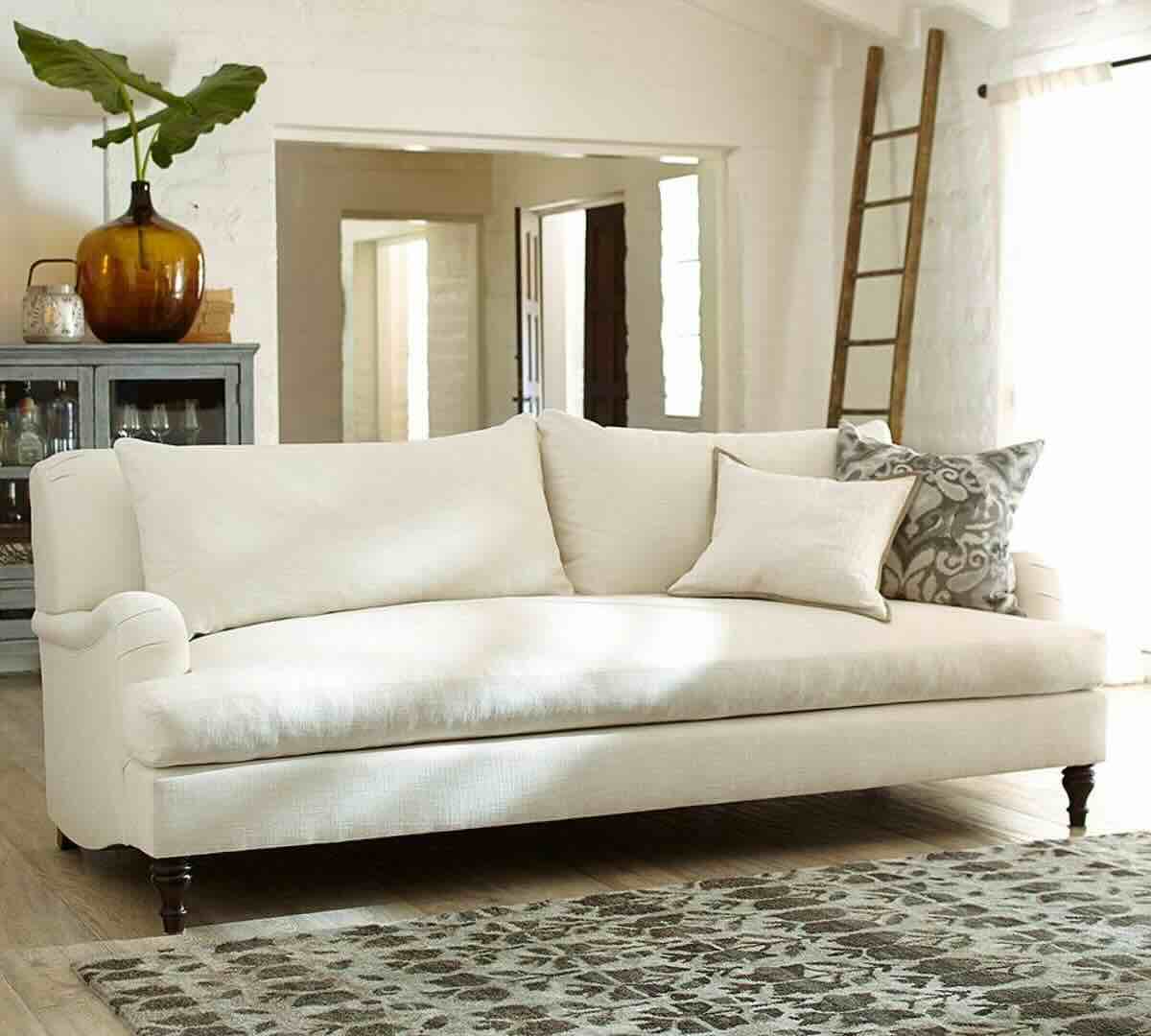
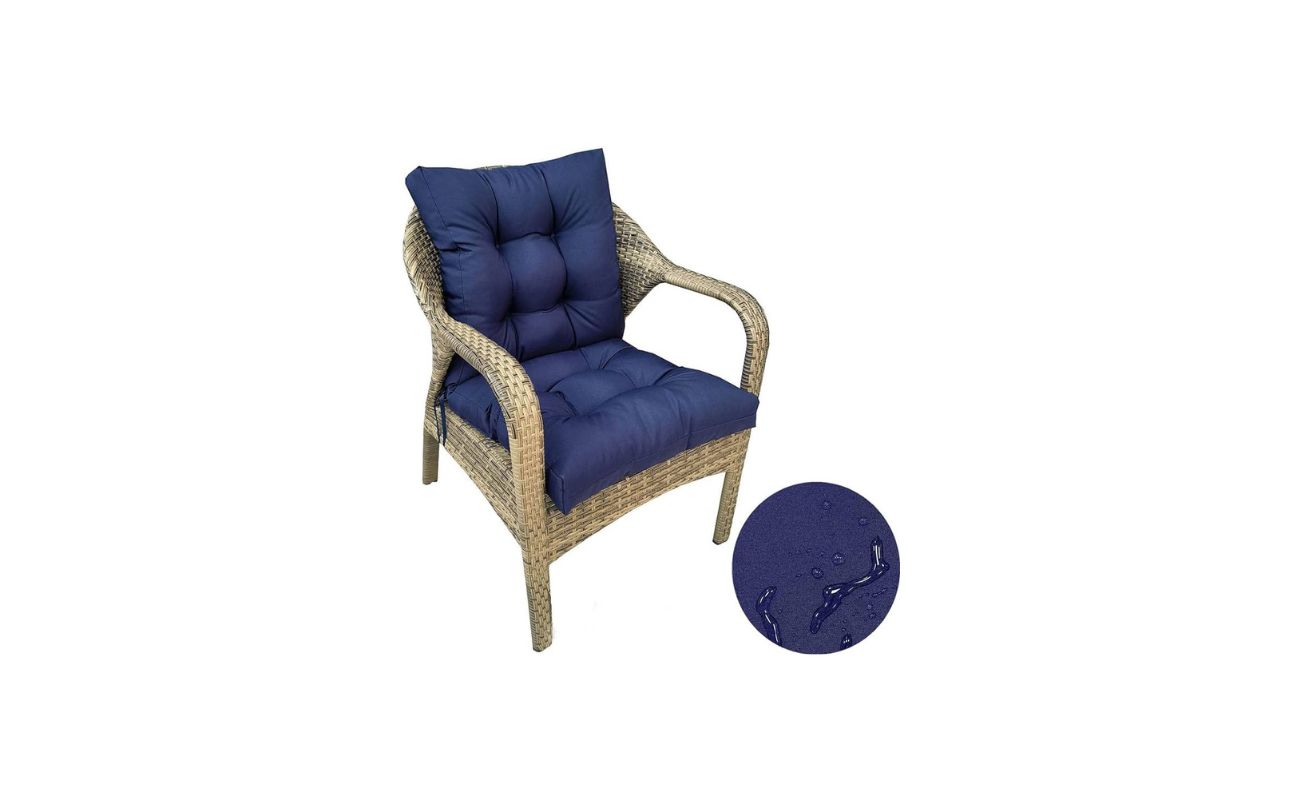
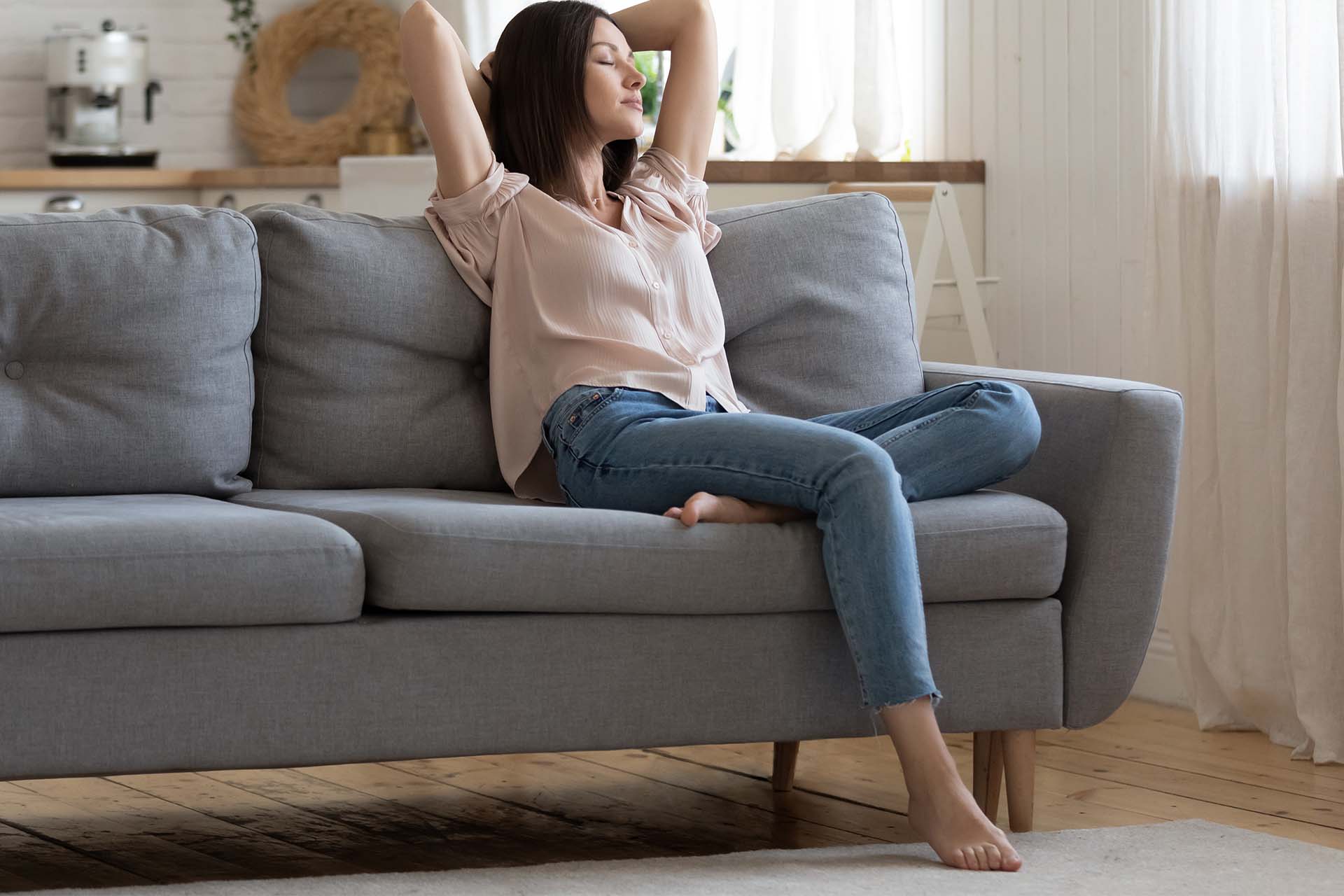
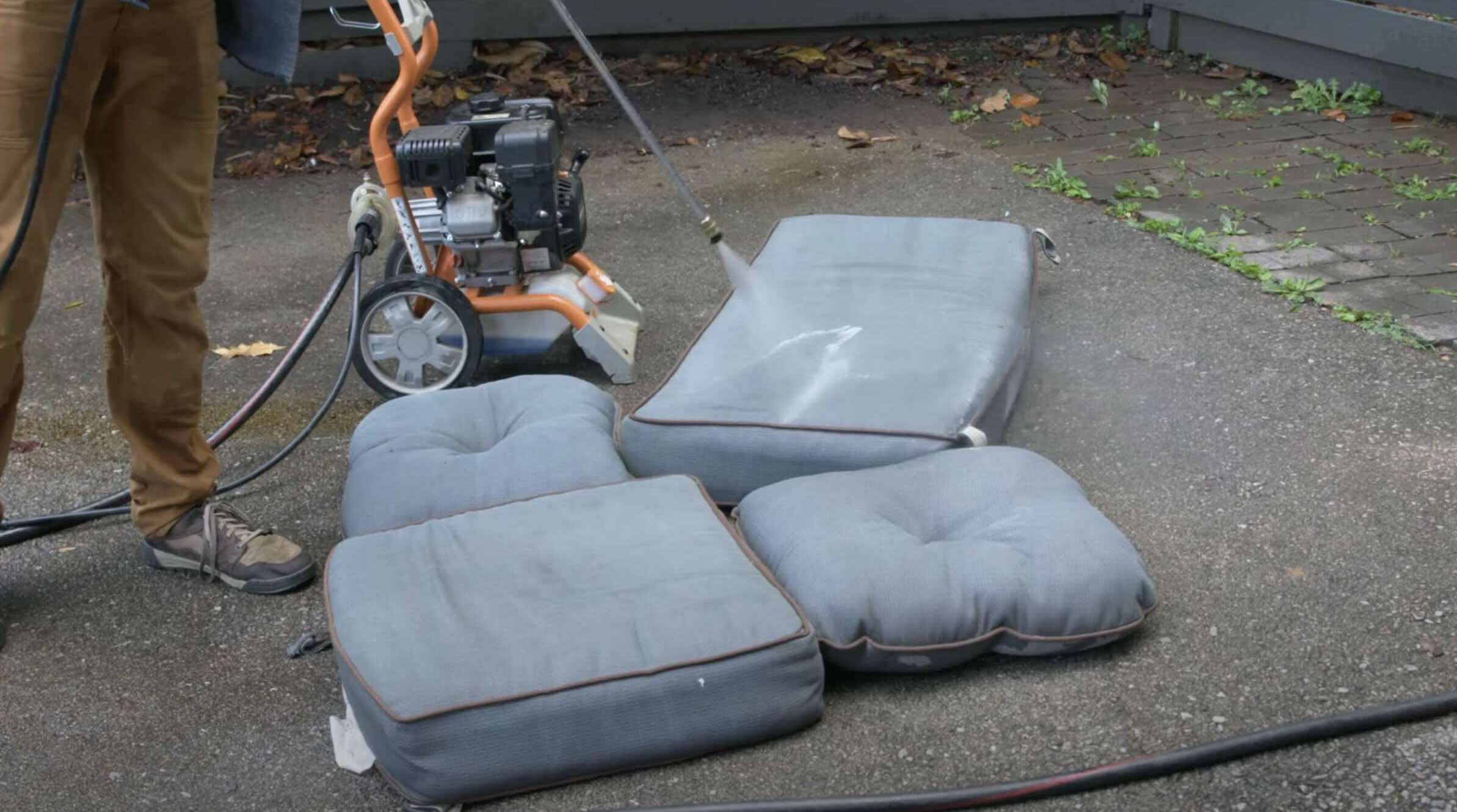
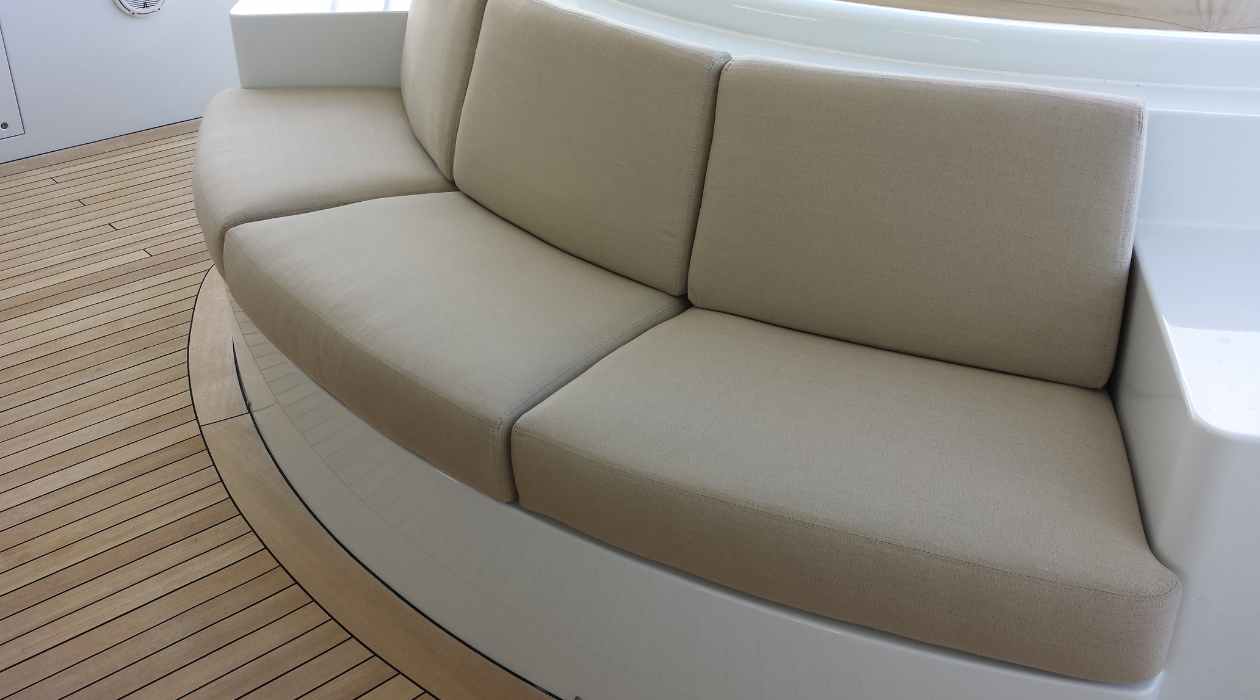
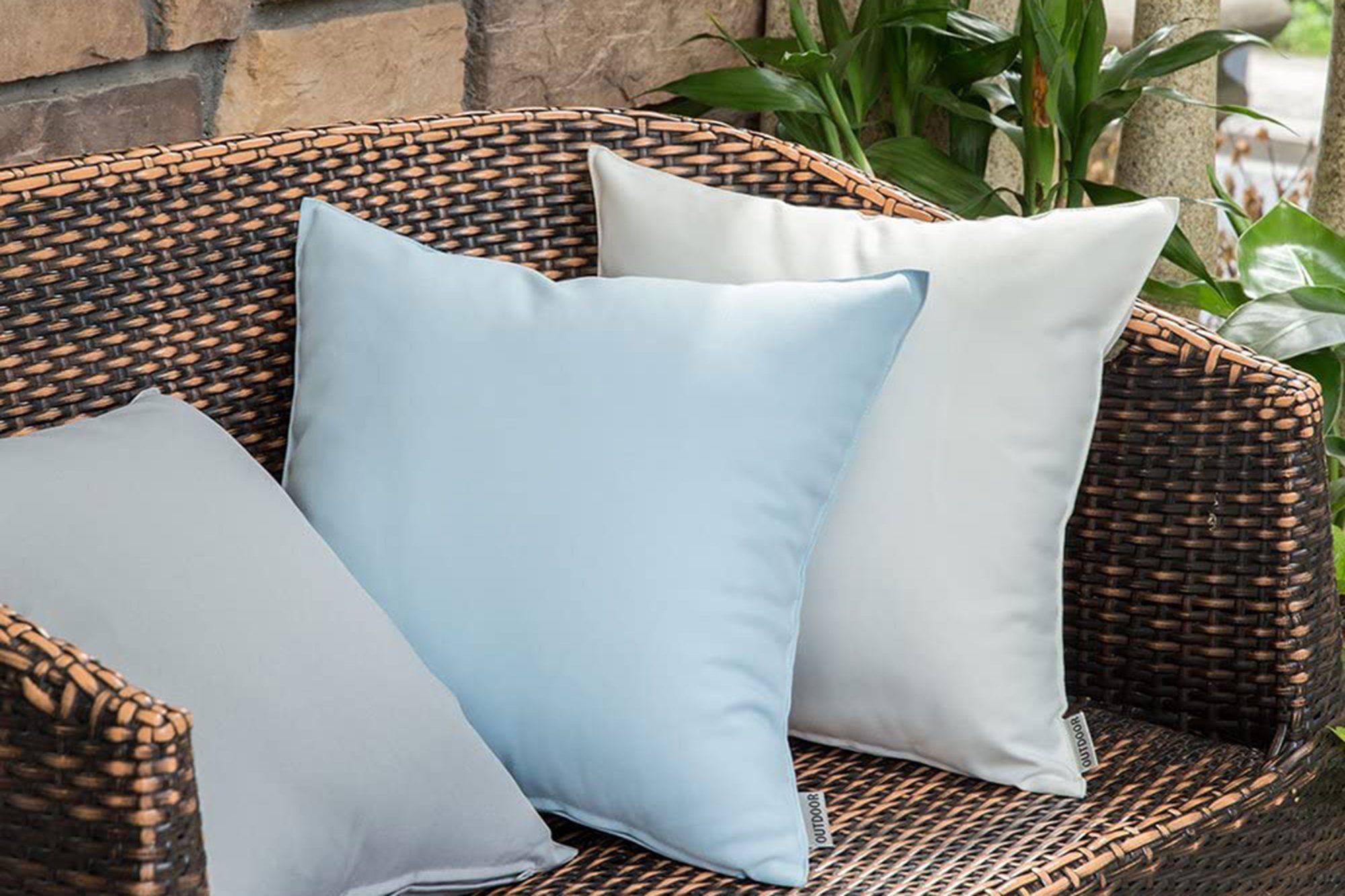


0 thoughts on “How To Store Cushions”